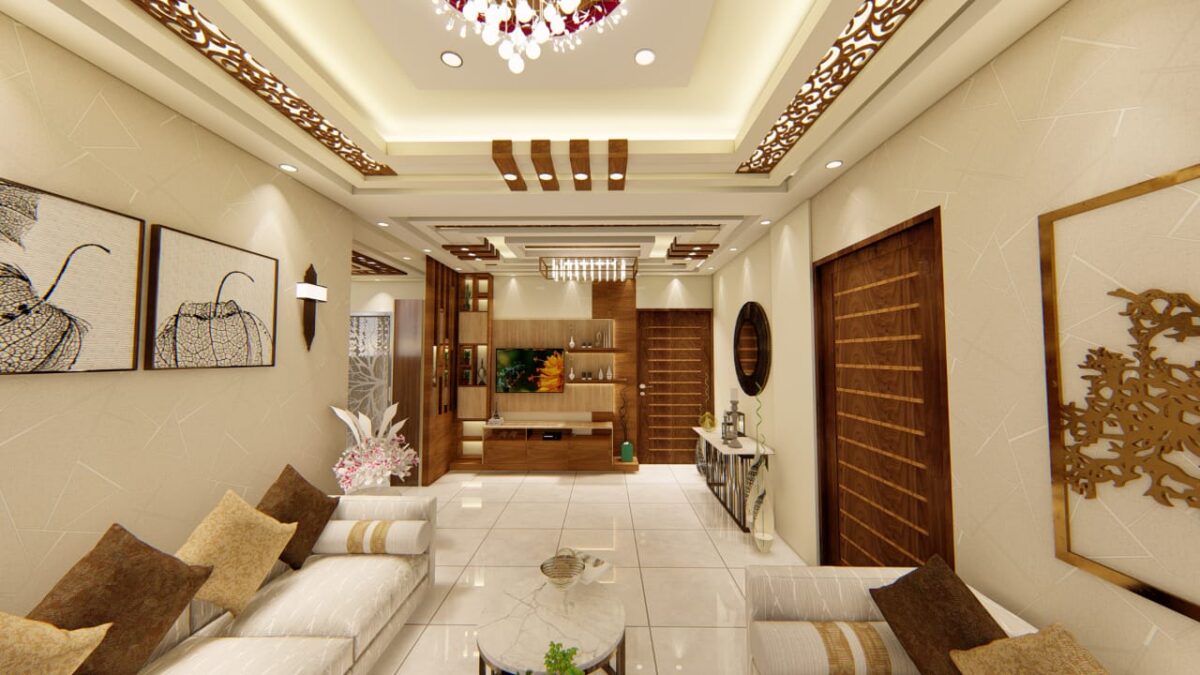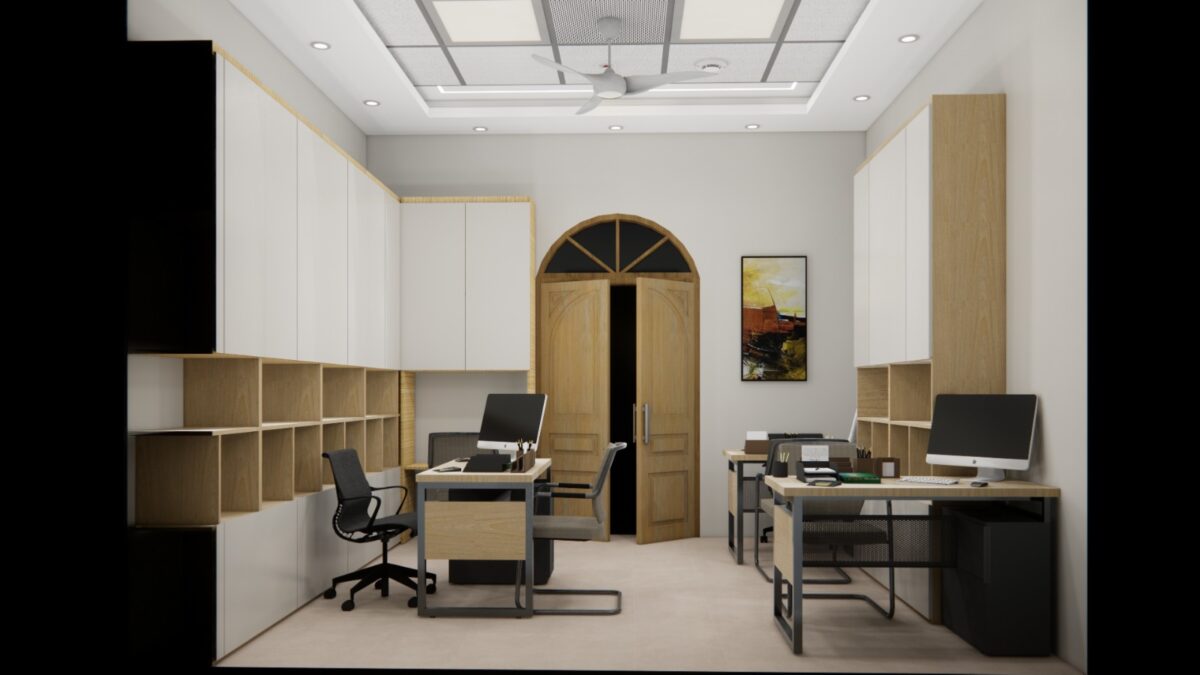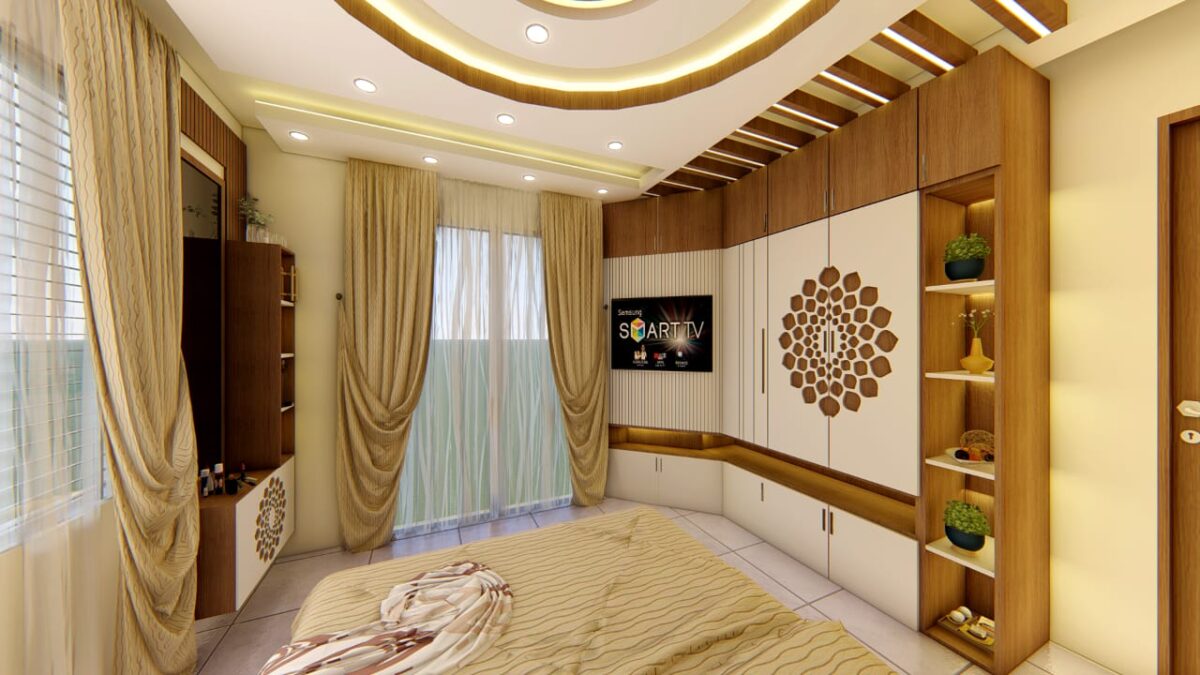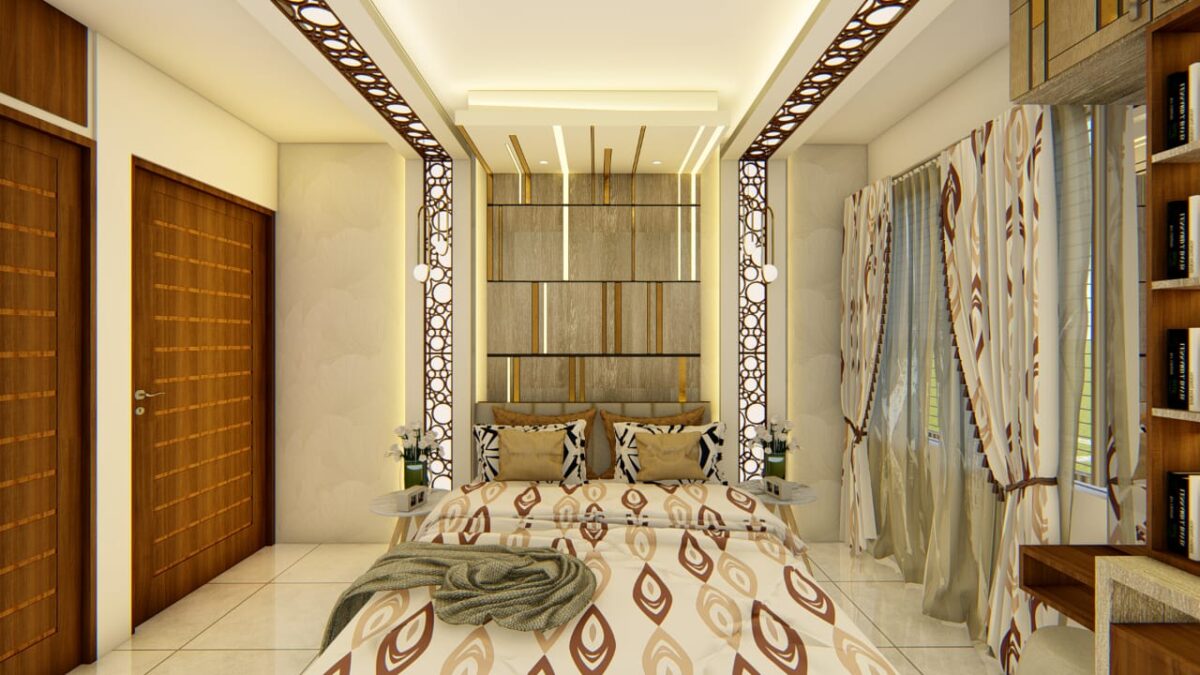Transforming Spaces into Functional and Aesthetic Masterpieces
Interior design is much more than arranging furniture in a room—it’s about creating environments that enhance the quality of life, well-being, and productivity of the people who inhabit them. Whether you’re designing a home, office, or retail space, the right interior design brings together aesthetics, functionality, and personalization to create a harmonious environment. Interior designers bring a blend of creativity and practicality to every project, considering every element of a space—from the color palette to the choice of materials, lighting, furniture, and layout.
In this article, we will explore the various aspects of interior design, including design principles, popular trends, the role of an interior designer, and how to approach an interior design project. We will also look at the impact of interior design on lifestyle and productivity, as well as provide a call to action for those seeking to enhance their spaces.

1. What is Interior Design?
Interior design is the art and science of enhancing the interior of a space to create an environment that is both aesthetically pleasing and functional. It involves a deep understanding of architecture, furniture design, color theory, lighting, and human psychology. Interior designers are responsible for planning, designing, and coordinating all aspects of the interior environment, whether it’s residential, commercial, or public.
The goal of interior design is to improve the overall experience of a space by considering how the design will impact the people who use it. This includes maximizing space utilization, ensuring the functionality of every element, and creating a visual style that reflects the personality and needs of the occupants.

2. Key Elements of Interior Design
There are several essential elements in interior design that contribute to a cohesive and well-balanced environment. These elements include:
a. Space Planning
Space planning is the foundation of interior design. It involves understanding the available space and determining the best way to use it effectively. Good space planning ensures that a room feels open and inviting, with enough room to move around, while still accommodating all necessary furniture and design elements.
Interior designers use layouts and floor plans to arrange furniture and other elements, taking into consideration traffic flow, functionality, and aesthetic balance. The goal is to create a space that feels comfortable and organized while meeting the needs of its occupants.
b. Color
Color is one of the most important elements in interior design. It affects the mood, energy, and feel of a space. Different colors evoke different emotions: warm tones like reds, oranges, and yellows can create a lively and energetic atmosphere, while cool tones like blues, greens, and purples can promote relaxation and calmness.
Color schemes are carefully selected to complement the overall design of the space, with consideration given to the amount of natural light, the size of the room, and the function of the space. Accent colors are often used to add contrast and highlight specific design features.
c. Lighting
Lighting plays a crucial role in interior design. It not only illuminates the space but also sets the tone and creates atmosphere. The right lighting can make a small room feel larger or make a dark room feel cozy and inviting.
There are three main types of lighting used in interior design:
- Ambient lighting: General lighting that provides overall illumination.
- Task lighting: Focused lighting used for specific activities, like reading or cooking.
- Accent lighting: Lighting used to highlight specific elements, such as artwork or architectural features.
Interior designers strategically place light fixtures to ensure that the space is properly lit, and they choose light sources that complement the style and function of the room.
d. Furniture and Layout
The selection and arrangement of furniture are central to interior design. Furniture should be both functional and aesthetically pleasing, providing comfort and support while also contributing to the overall style of the room.
An interior designer considers the size, shape, and purpose of the furniture, ensuring it fits well within the space. The layout of the furniture is also critical to creating a functional and welcoming environment. Designers consider traffic flow, sightlines, and the arrangement of focal points to create a space that feels balanced and cohesive.
e. Texture and Materials
Texture and materials contribute to the tactile experience of a space. The choice of materials for furniture, flooring, walls, and accessories affects the visual and physical feel of the room. Soft textiles like rugs, cushions, and curtains add warmth and comfort, while hard materials like wood, metal, and glass create a sleek, polished look.
Combining different textures in the right proportions can add depth and interest to a space, creating a more dynamic environment.

3. The Role of an Interior Designer
Interior designers play an integral role in the design process. They not only possess technical knowledge about space planning, lighting, and materials, but they also have a creative vision for how to bring a space to life. Here are some key responsibilities of an interior designer:
a. Consultation and Concept Development
The design process begins with an initial consultation, where the designer meets with the client to discuss their needs, preferences, and goals for the space. This is where the designer learns about the client’s lifestyle, the purpose of the space, and their aesthetic tastes. Based on this information, the designer develops a concept or vision for the space.
b. Design Planning and Coordination
Once the concept is approved, the designer creates detailed plans, including floor plans, color schemes, material selections, and furniture layouts. They coordinate with contractors, suppliers, and other professionals to ensure the project stays on track, within budget, and is completed on time.
c. Project Management
Interior designers also oversee the execution of the design, ensuring that all elements are installed correctly. This includes managing the procurement of furniture and materials, supervising construction or renovation work, and ensuring compliance with building codes and safety regulations.
d. Final Touches and Styling
After the main design elements are in place, the designer adds finishing touches such as artwork, accessories, and plants. These final styling details bring the space to life and create a personalized environment that reflects the client’s taste.

4. Interior Design Styles and Trends
Interior design is constantly evolving, with new trends and styles emerging each year. Here are some popular interior design styles that are making waves in modern homes and businesses:
a. Modern
The modern design style emphasizes clean lines, minimalism, and functionality. Neutral colors, sleek furniture, and open spaces are characteristic of this style. Modern interiors often feature open-concept floor plans, large windows, and materials like metal, glass, and concrete.
b. Industrial
Industrial style draws inspiration from factories and warehouses. Exposed brick, steel beams, and raw materials give this style a rugged, urban feel. Furniture is often vintage or repurposed, adding to the industrial charm.
c. Traditional
Traditional design is characterized by classic, timeless elements, including rich wood furniture, luxurious fabrics, and elegant color schemes. It embraces symmetry, intricate details, and a sense of warmth and comfort.
d. Bohemian
Bohemian interiors are eclectic and free-spirited, with a focus on creativity and individuality. Bold patterns, vibrant colors, and a mix of vintage and contemporary pieces create a laid-back, artistic environment.
e. Scandinavian
Scandinavian design is known for its simplicity, functionality, and use of light. Clean lines, neutral colors, natural materials, and a focus on minimalism make Scandinavian interiors feel airy and inviting.
5. The Impact of Interior Design on Lifestyle and Productivity
Interior design has a profound impact on the way people live and work. A well-designed space can improve mood, reduce stress, and enhance productivity. For example, in a home, thoughtful design can create a calming environment that promotes relaxation and family bonding. In an office, efficient layout and comfortable furniture can boost productivity, creativity, and employee satisfaction.
Moreover, interior design plays a crucial role in promoting health and well-being. Natural light, proper ventilation, and ergonomic furniture contribute to a healthier lifestyle, while the use of sustainable materials supports environmental responsibility.
6. How to Approach an Interior Design Project
If you’re considering an interior design project, here are some steps to get started:
- Define Your Goals: Think about how you want the space to function and what kind of atmosphere you want to create. Are you looking to improve comfort, increase storage, or make the space more visually appealing?
- Set a Budget: Establish a clear budget for the project. This will help guide the selection of materials, furniture, and other design elements.
- Research and Inspiration: Gather inspiration from magazines, websites, and social media. Create a mood board to visualize the style and elements you want to incorporate into your space.
- Hire a Professional: If you want a truly personalized and cohesive design, consider hiring a professional interior designer. They can help bring your vision to life while ensuring that the design is both functional and beautiful.
Are you ready to transform your space into a beautiful, functional, and personalized environment? Whether you’re looking to redesign your home, office, or commercial space, we are here to help! Our experienced interior designers will work with you every step of the way to create a space that reflects your style and meets your needs.
Contact us today to schedule a consultation, and let’s start designing the space of your dreams! Let’s turn your vision into a reality and enhance your lifestyle with a beautifully designed space
